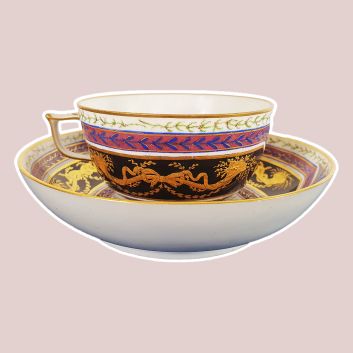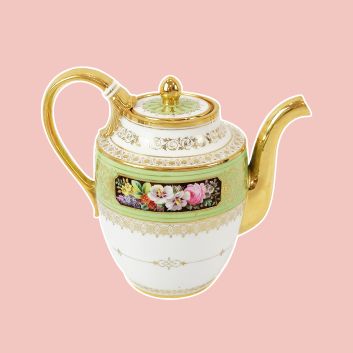Rating and value of works in Sèvres porcelain: vases, services, cookies...

If you own one or more items from the Royal Manufactory of Sèvres, or one after it, and would like to know its value, our state-approved experts and auctioneers will offer you their appraisal services. Our specialists will carry out a free appraisal of your piece, and provide you with a precise estimate of its value on today's market. Then, if you wish to sell your work, we will guide you towards the best possible means of obtaining the best possible price.
Rating and value of Sèvres porcelain
Sèvres porcelain is known and appreciated the world over. Founded by Louis XV, it became the benchmark for French porcelain. Today, the price of certain pieces continues to rise under the auctioneer's hammer. Sculpted porcelain groups and pieces with Sèvres blue enamels are particularly prized, especially by French buyers, and the price at which they sell on the art market ranges from €10 to €1,016,000, a considerable delta but one that speaks volumes about the value that can be attributed to Sèvres porcelain. In 2022, a Sèvres porcelain night-light (or incense burner) sculpted in cookie on the top and with painted enamels on the rest of the object sold for €1,016,000, whereas it was estimated at between €80,000 and €120,000, an all-time record for the Sèvres manufactory.
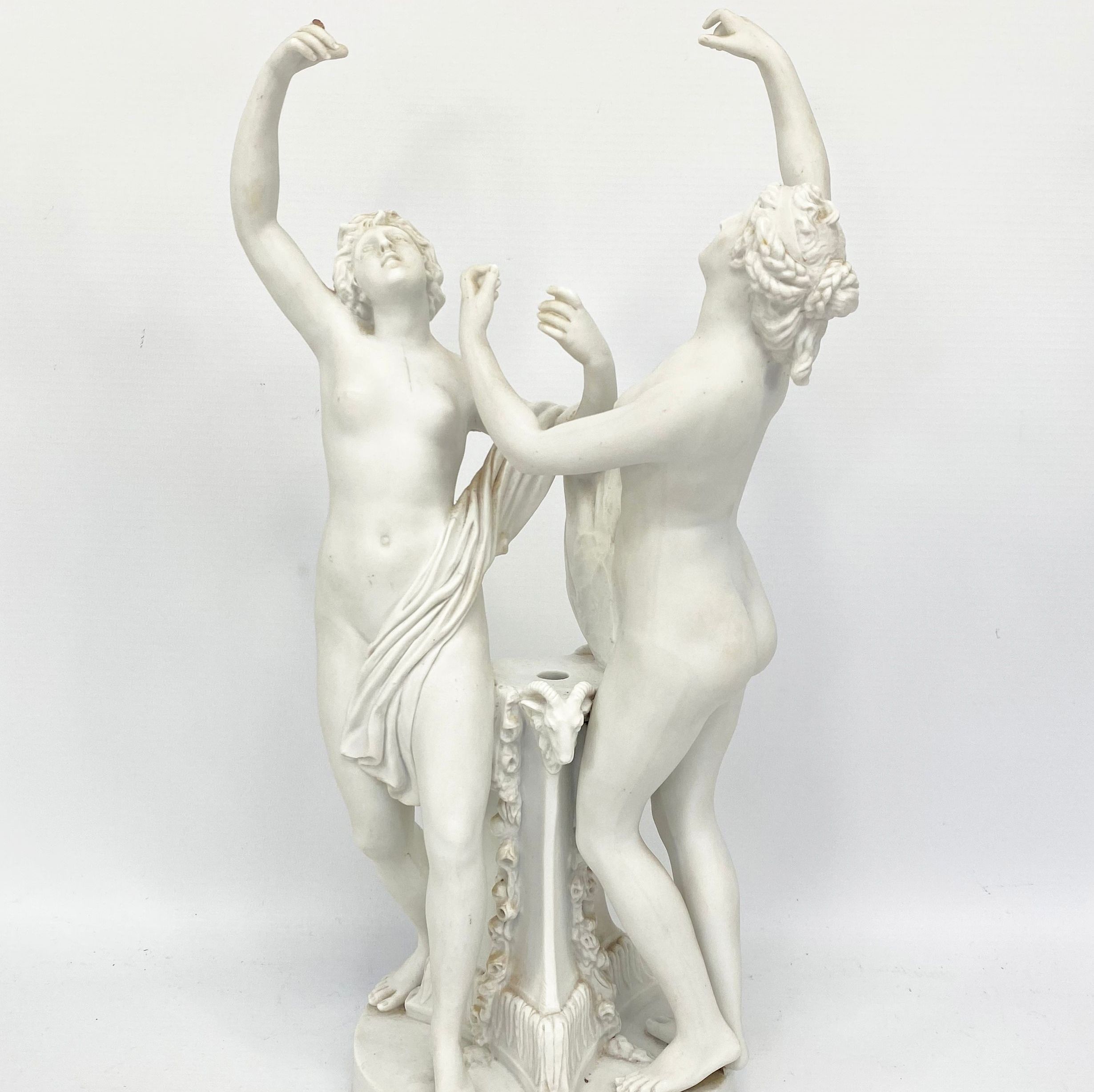
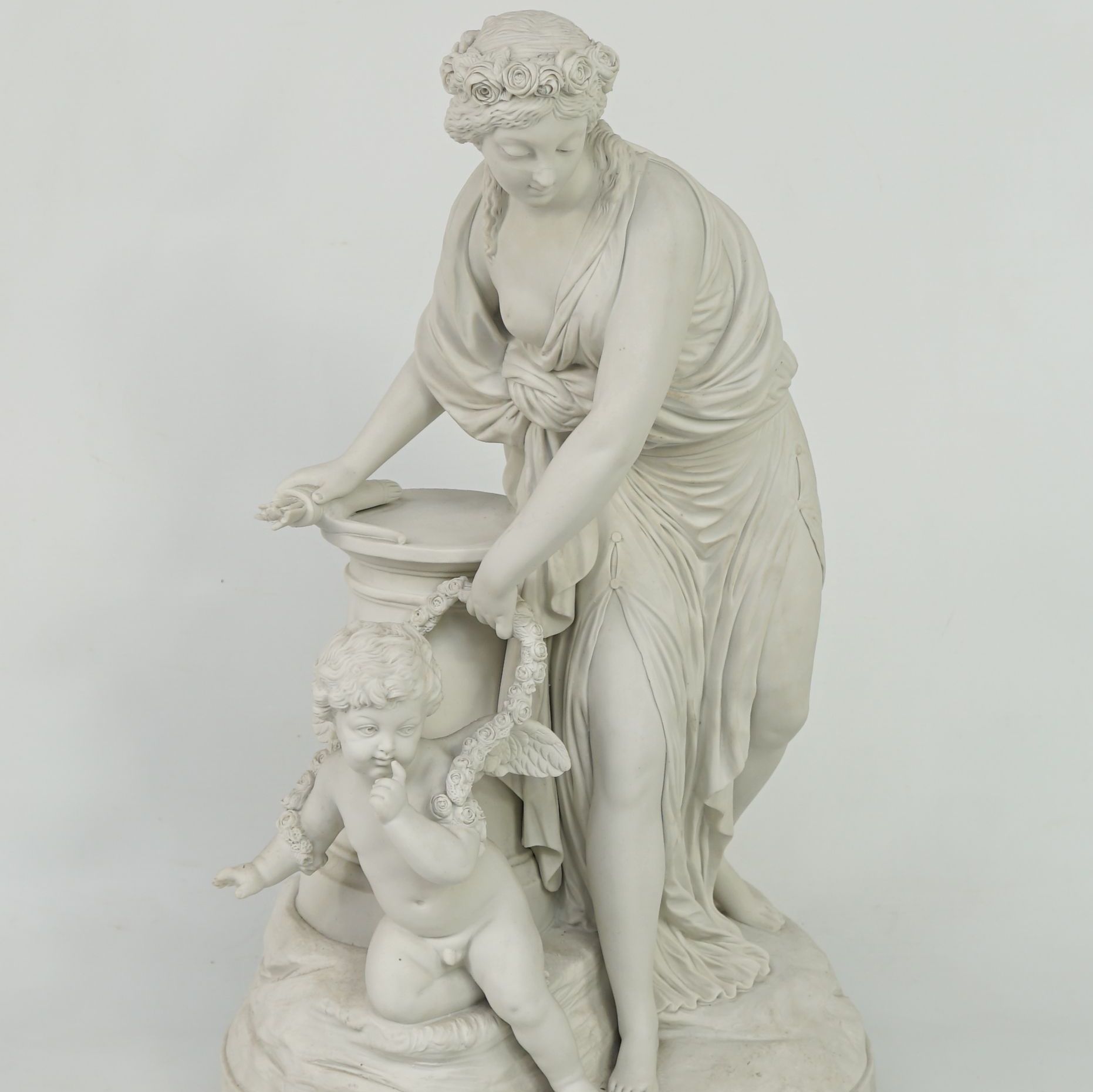
Order of value from simple porcelain to the most prestigious
Type of object in Sèvres porcelain | Results |
|---|---|
Tea/coffee set and plates | From €10 to €350,000 |
Vase | From €10 to €400,000 |
Sculpture/sculpted group in cookie | From €20 to €489,000 |
Other item (nightlight/carafe) | From €10 to €1,016,000 |
Response in less than 24h
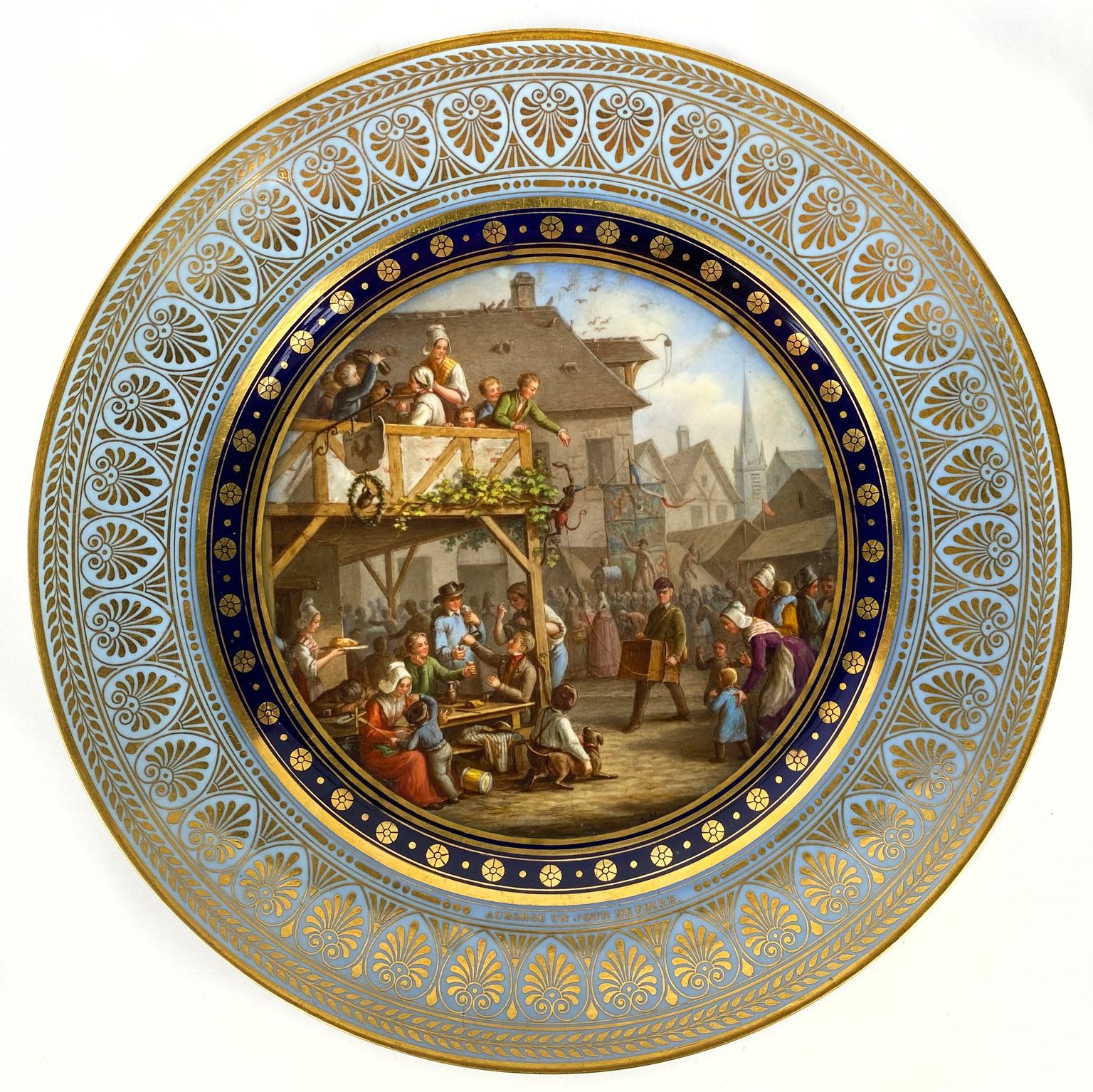
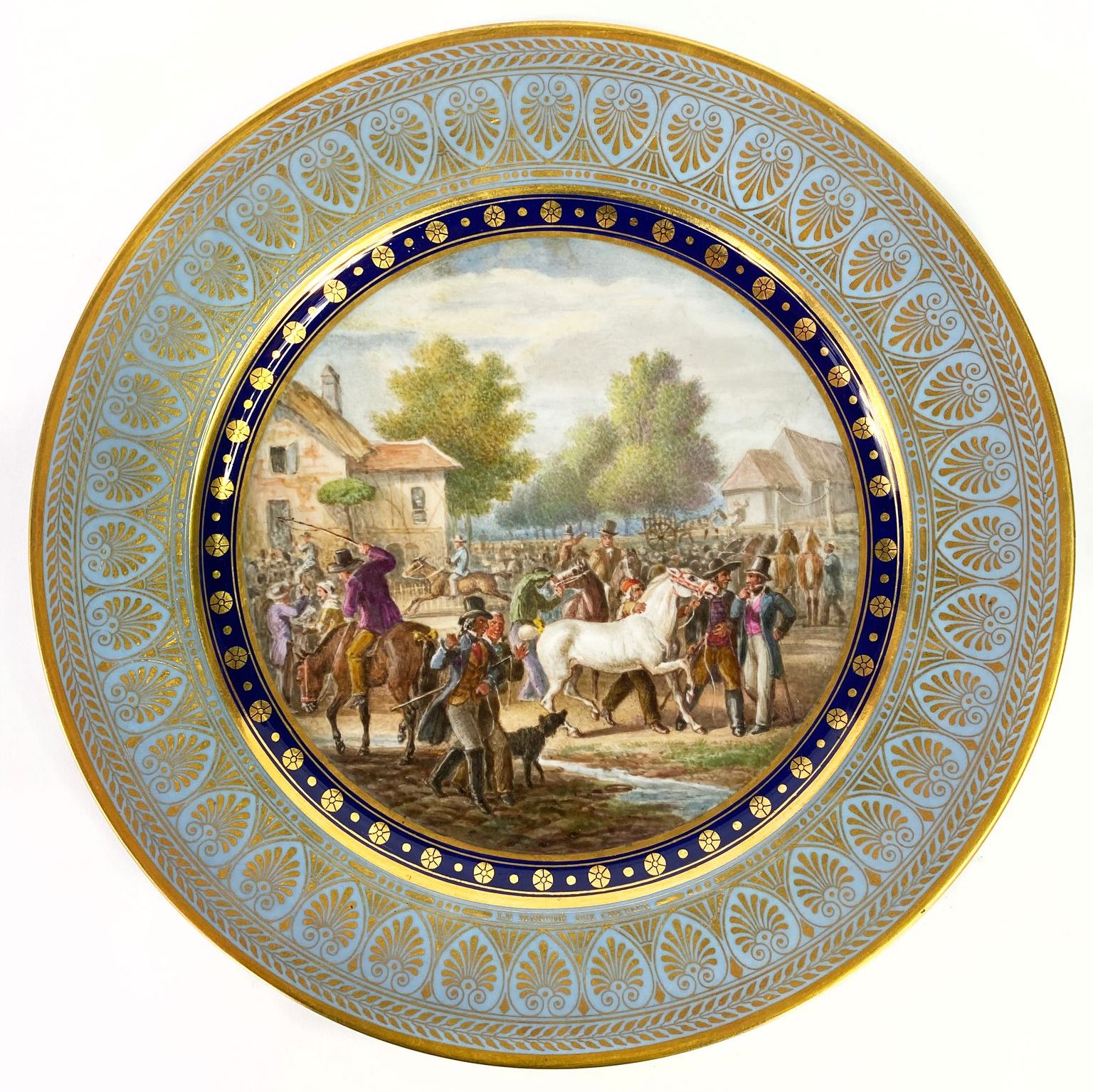
Style and technique of Sèvres porcelain
Sèvres porcelain was protected by the State from an early stage, and was granted royal privileges, notably that of gilding, which was granted only to this factory. It also created its own colors for the enamels it produced, notably Sèvres blue, which is similar to Majorelle blue today, and Pompadour pink, created especially for the Marquise. A look back at the history of an extraordinary factory.
The Manufacture de Sèvres, by the King and thanks to the Marquise
The history of the Royal Manufactory of Sèvres began in 1740, thanks to Louis XV, at the instigation of the Marquise de Pompadour, then his mistress. The aim was to compete with the Meissen and Chantilly manufactures, founded by the Duc de Bourbon some time earlier, who were developing new chemical formulas to gain exclusivity over French porcelain. Called the Manufacture de Sèvres, it was transferred 16 years after its creation to the town of Sèvres, where it remains to this day.
Louis XV bought all the shares in the factory when it was transferred to Sèvres. It became part of the Crown domain three years later.
The buildings at Sèvres are totally independent, enabling production from raw materials, extracted from kaolin deposits upstream, right through to the gilding of the pieces.
In France, the Count of Branca-Laugarais is credited with the discovery of French kaolin. Following the discovery of kaolin deposits in Saxony, the French nobility, aware of the profits to be made, also sought out this precious material. Even today, doubts remain as to how the factory managed to obtain the kaolin that enabled it to make the transition from vitreous to hard porcelain.
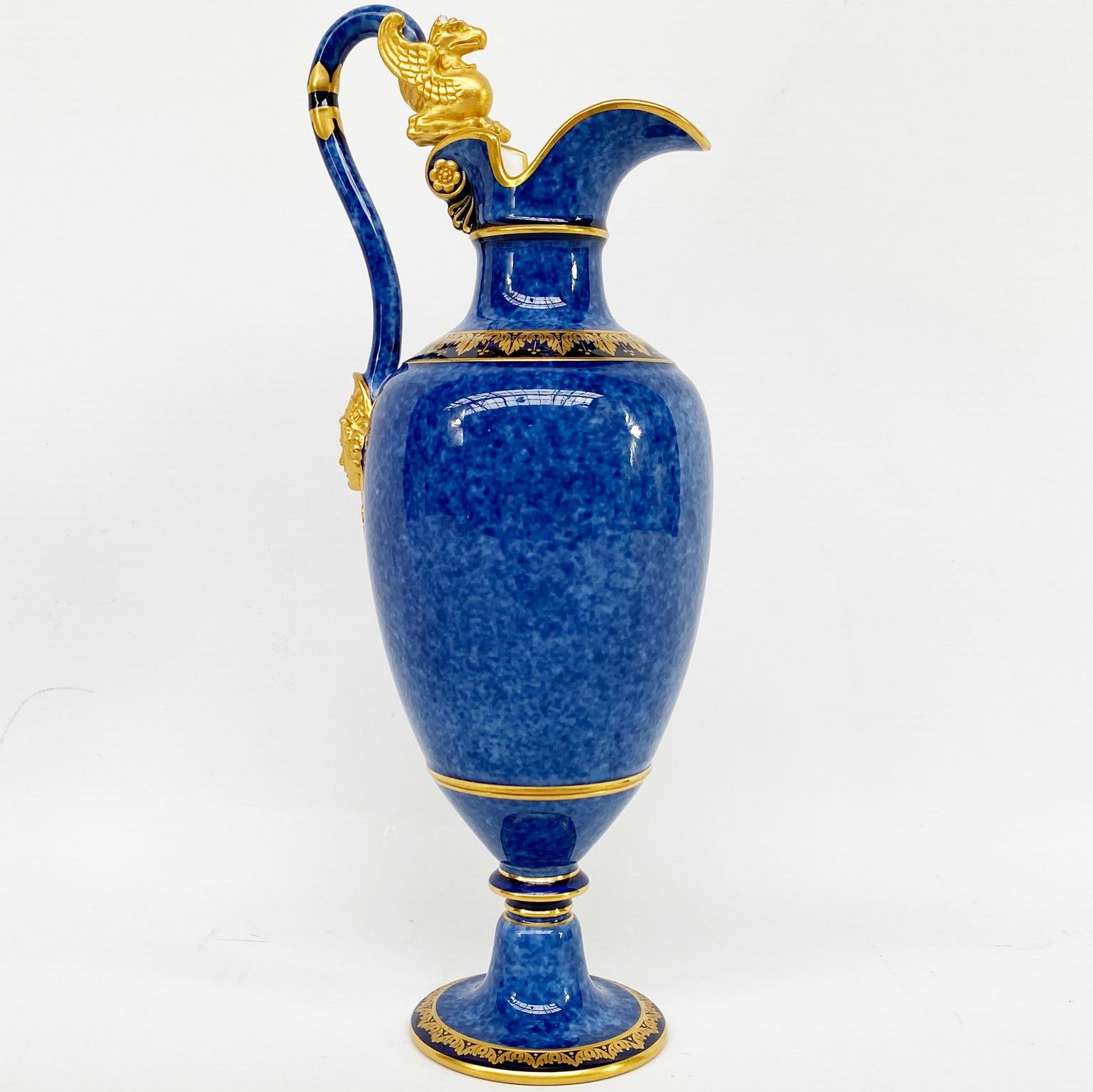

The development of hard porcelain at Sèvres
The Chantilly manufactures work with soft porcelain. Originally, this was also the case for Sèvres porcelain, which managed to lure ceramist Louis-François Ier Gravant away from the Chantilly manufactory and pass on the manufacturing secret. However, Germany already knew how to produce hard porcelain, and the King's ministers were worried. Sèvres bought pieces from the Frankenthal factory to understand the manufacturing process. Jacques-René Boileau, the director at the time, succeeded in obtaining the secret of the chemical formula for hard porcelain from the Hanong family, ceramists in Strasbourg, by means of a private deed. However, the secret was useless, as the factory had not yet discovered the kaolin deposits near Limoges. The contract was terminated and the Strasbourg factory sold.
However, the Kelsterbach factory was willing to provide Sèvres with a new formula. Trials were carried out there, but kaolin was still in short supply, and it wasn't until 1765 that deposits were discovered near Limoges.
The manufacture of Sèvres porcelain was perfected around 1800, and it was thanks to the Emperor that marketing outside France began. Sèvres blue was already characteristic of the factory, obtained by incorporating cobalt oxide into the paste.
Response in less than 24h
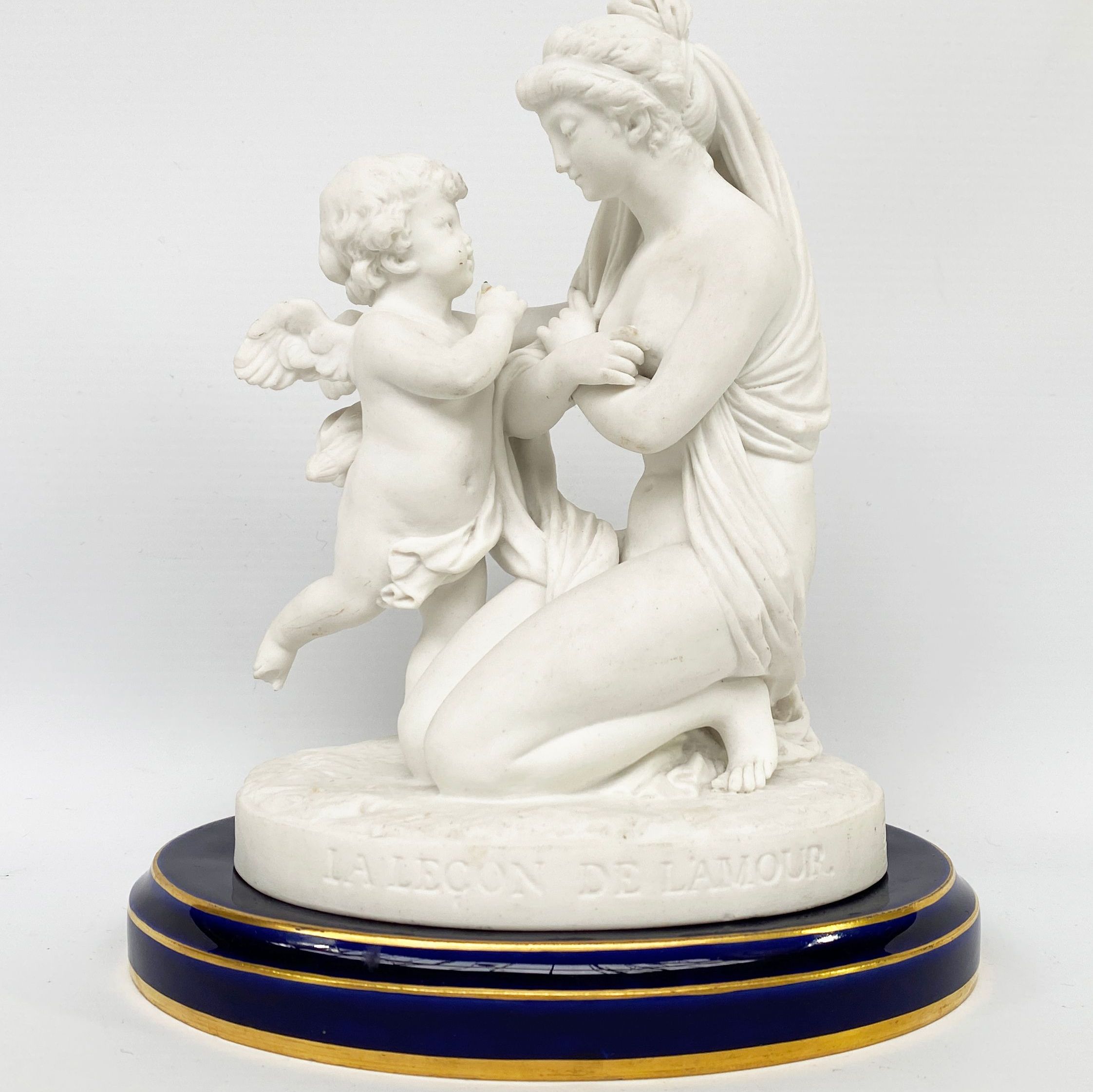
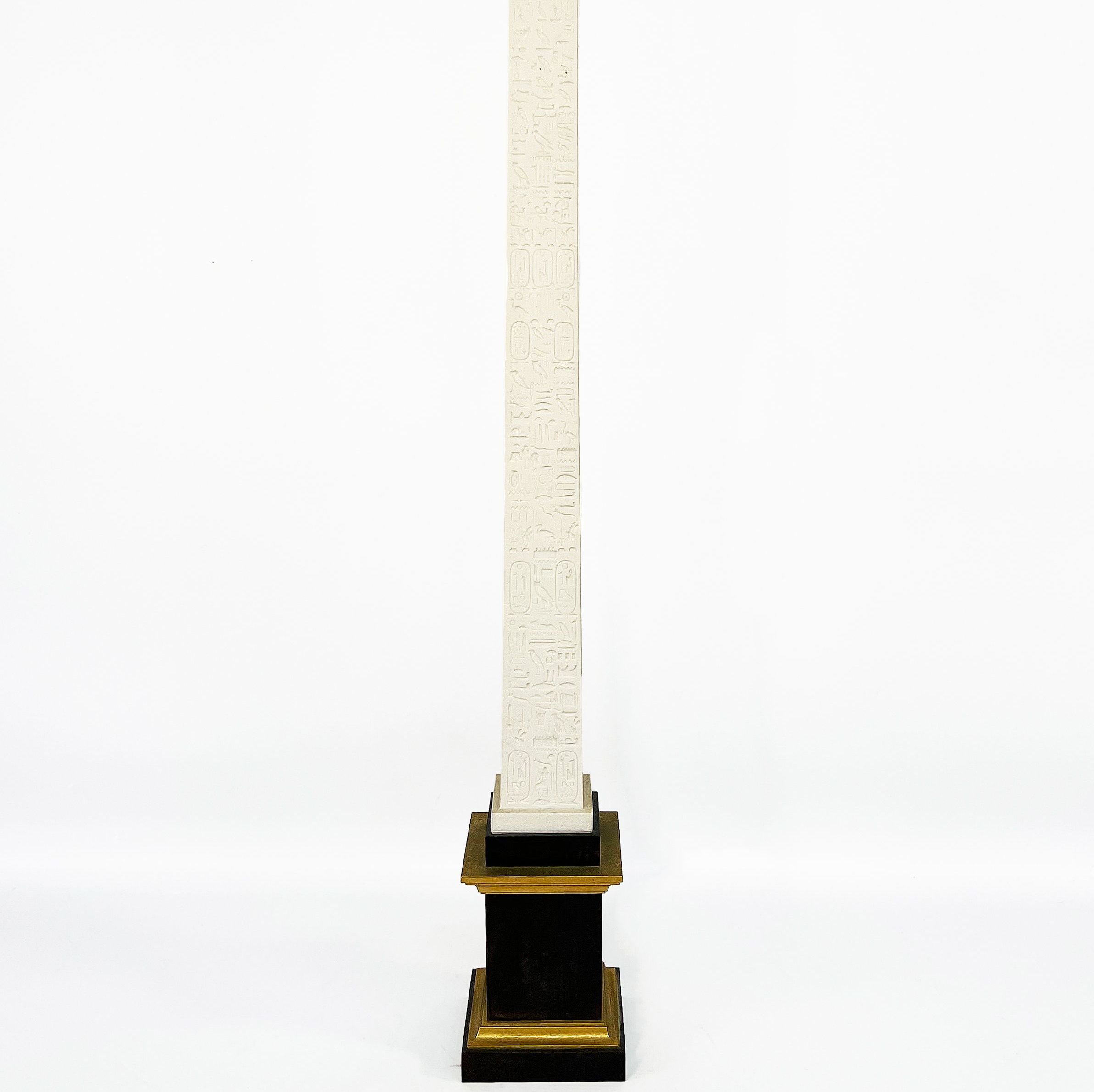
The value of Sèvres porcelain
Sèvres porcelain is highly prized at auction. It sells more or less well, depending on its state of preservation, the age of the piece and the artist who may have signed it. For example, pieces by François-Xavier Lalanne, an artist who worked for the Sèvres factory, are highly prized at auction.
Recognizing a piece from the Manufacture de Sèvres
The pieces produced by the Sèvres factory are generally signed and hallmarked. These markings have obviously changed over the centuries and with the political regimes that France has known. What's more, many copies exist. That's why, if you think you own a piece of Sèvres porcelain, it's best to have it appraised.
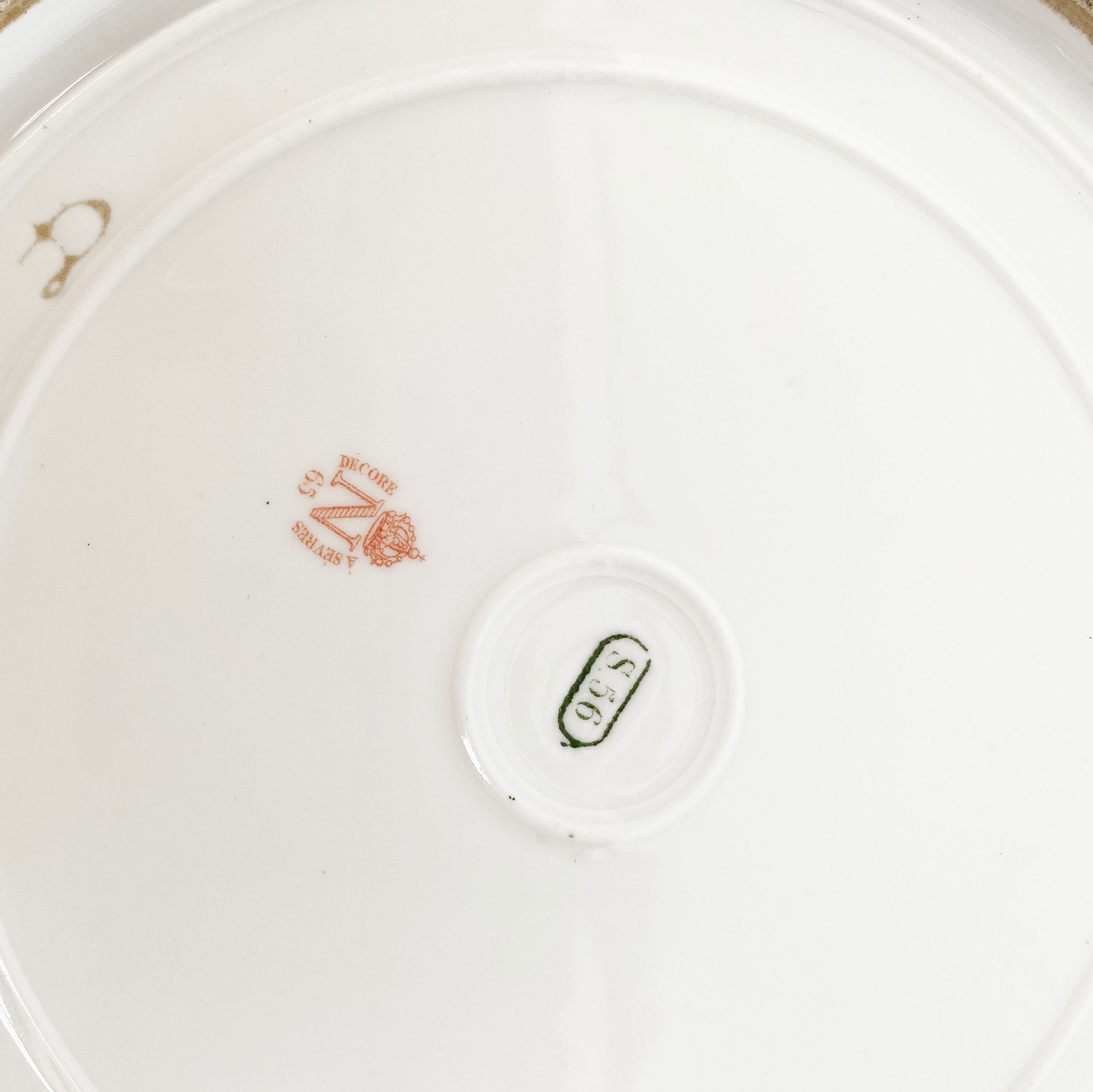

Knowing the value of a work
If you happen to own a piece of Sèvres porcelain or an "après" piece, don't hesitate to request a free appraisal using the form on our website. A member of our team of experts and certified auctioneers will contact you promptly to provide you with an estimate of the market value of your work, as well as any relevant information about it. If you're thinking of selling your work, our specialists will also be on hand to offer you alternatives for selling it at the best possible price, taking into account market trends.
Response in less than 24h
Related topics
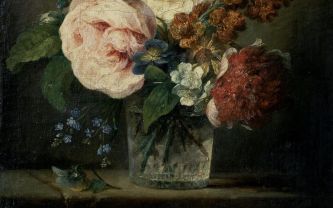
Rating and value of works, drawings, paintings by Anne Valla...
Anne Volleyer-Coster was an 18th-century painter, famous for her still-life paintings of flowers, which were very popular at auction.
Read more >

Rating and value of works, drawings, paintings by Hubert Rob...
Hubert Robert was a pre-romantic painter of the 18th century who produced mainly landscape scenes, which are valued and quoted.
Read more >
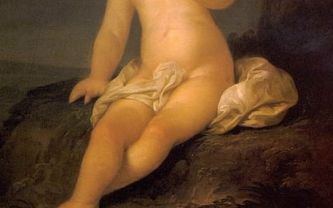
Rating and value of paintings, portraits, paintings by Feodor...
Feodor Rokotov is a Russian portrait painter who has produced works that are highly valued at auction. Estimate in 24h
Read more >
Secure site, anonymity preserved
State-approved auctioneer and expert
Free, certified estimates
